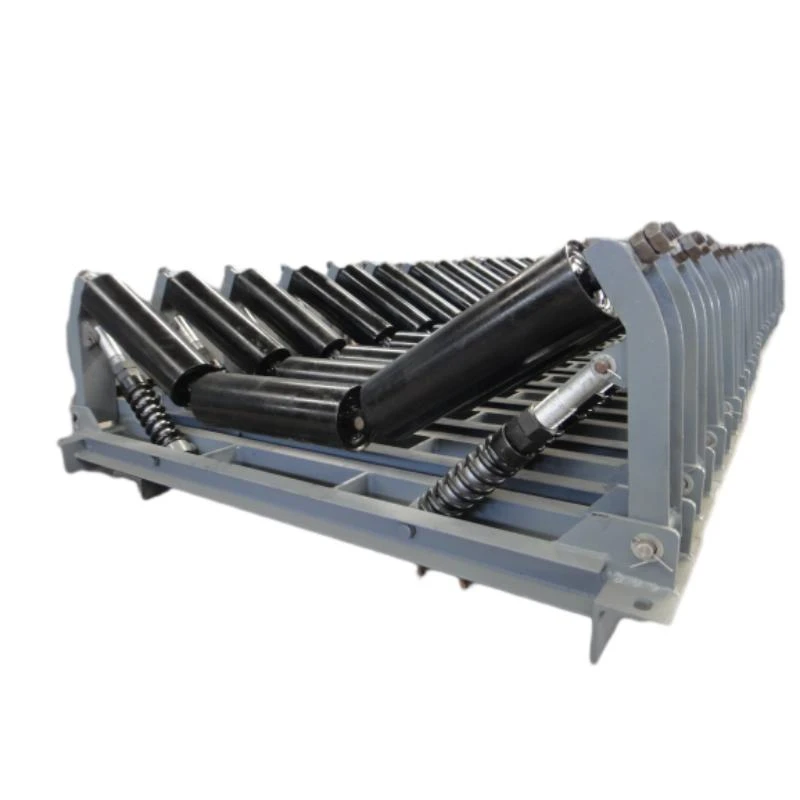 Afrikaans
Afrikaans  Albanian
Albanian  Amharic
Amharic  Arabic
Arabic  Armenian
Armenian  Azerbaijani
Azerbaijani  Basque
Basque  Belarusian
Belarusian  Bengali
Bengali  Bosnian
Bosnian  Bulgarian
Bulgarian  Catalan
Catalan  Cebuano
Cebuano  Corsican
Corsican  Croatian
Croatian  Czech
Czech  Danish
Danish  Dutch
Dutch  English
English  Esperanto
Esperanto  Estonian
Estonian  Finnish
Finnish  French
French  Frisian
Frisian  Galician
Galician  Georgian
Georgian  German
German  Greek
Greek  Gujarati
Gujarati  Haitian Creole
Haitian Creole  hausa
hausa  hawaiian
hawaiian  Hebrew
Hebrew  Hindi
Hindi  Miao
Miao  Hungarian
Hungarian  Icelandic
Icelandic  igbo
igbo  Indonesian
Indonesian  irish
irish  Italian
Italian  Japanese
Japanese  Javanese
Javanese  Kannada
Kannada  kazakh
kazakh  Khmer
Khmer  Rwandese
Rwandese  Korean
Korean  Kurdish
Kurdish  Kyrgyz
Kyrgyz  Lao
Lao  Latin
Latin  Latvian
Latvian  Lithuanian
Lithuanian  Luxembourgish
Luxembourgish  Macedonian
Macedonian  Malgashi
Malgashi  Malay
Malay  Malayalam
Malayalam  Maltese
Maltese  Maori
Maori  Marathi
Marathi  Mongolian
Mongolian  Myanmar
Myanmar  Nepali
Nepali  Norwegian
Norwegian  Norwegian
Norwegian  Occitan
Occitan  Pashto
Pashto  Persian
Persian  Polish
Polish  Portuguese
Portuguese  Punjabi
Punjabi  Romanian
Romanian  Russian
Russian  Samoan
Samoan  Scottish Gaelic
Scottish Gaelic  Serbian
Serbian  Sesotho
Sesotho  Shona
Shona  Sindhi
Sindhi  Sinhala
Sinhala  Slovak
Slovak  Slovenian
Slovenian  Somali
Somali  Spanish
Spanish  Sundanese
Sundanese  Swahili
Swahili  Swedish
Swedish  Tagalog
Tagalog  Tajik
Tajik  Tamil
Tamil  Tatar
Tatar  Telugu
Telugu  Thai
Thai  Turkish
Turkish  Turkmen
Turkmen  Ukrainian
Ukrainian  Urdu
Urdu  Uighur
Uighur  Uzbek
Uzbek  Vietnamese
Vietnamese  Welsh
Welsh  Bantu
Bantu  Yiddish
Yiddish  Yoruba
Yoruba  Zulu
Zulu Types and Functions of Pulley Lagging in Industrial Applications
Understanding Pulley Lagging Types Enhancing Performance and Longevity of Conveyor Systems
Pulley lagging is an essential component in the efficiency and longevity of conveyor systems, particularly in industries such as mining, construction, and manufacturing. It provides crucial traction for the conveyor belt, reduces slippage, and helps extend the life of both the belt and the pulley itself. Various types of pulley lagging materials and designs are available, each catering to specific operational requirements and environmental conditions. In this article, we will explore the different types of pulley lagging, their benefits, and how to choose the right type for your application.
Types of Pulley Lagging
1. Rubber Lagging Rubber is the most common material used for pulley lagging, offering excellent wear resistance and flexibility. It provides a high coefficient of friction, making it effective in preventing belt slippage on drive pulleys. Rubber lagging is often used in bulk handling applications and is available in several variants, including smooth, textured, and patterned surfaces, which can further enhance grip and performance.
2. Ceramic Lagging Ceramic lagging incorporates ceramic tiles embedded in rubber or other composite materials, providing superior wear resistance and durability. This type of lagging is especially beneficial in applications with high abrasion, such as those involving sand, gravel, or crushed stone. The ceramic components help to disperse impact forces and reduce wear on both the lagging and the belt.
3. Polyurethane Lagging Polyurethane lagging is known for its exceptional abrasion resistance and ability to withstand harsh weather conditions. It tends to be more flexible than rubber and can provide similar or even better traction. This type of lagging is ideal for environments where chemical resistance is important, as polyurethane can withstand a wider range of chemicals without degrading.
4. Metal Lagging While less common than rubber, ceramic, or polyurethane lagging, metal lagging provides an extremely durable solution for certain high-impact and high-temperature applications. Typically used in heavy industries like steel manufacturing or in environments where extreme conditions exist, metal lagging can withstand significant wear and tear.
5. Composite Lagging Composite lagging combines various materials to achieve desired performance characteristics. This could involve a mix of rubber and ceramic, or other combinations tailored to specific operational challenges. Composite lagging allows for customization according to the material's wear characteristics and environmental conditions.
Benefits of Pulley Lagging
pulley lagging types

1. Enhanced Traction The primary function of pulley lagging is to improve traction between the pulley and the conveyor belt. This enhancement reduces the likelihood of slippage, which can lead to belt misalignment and subsequent downtime.
3. Improved Energy Efficiency With better traction and reduced slippage, conveyor systems operate more efficiently, consuming less energy and reducing operational costs.
4. Noise Reduction Many types of lagging, especially rubber and polyurethane, help dampen noise generated during the belt's operation, contributing to a quieter workplace environment.
Choosing the Right Lagging
Selecting the appropriate type of pulley lagging depends on several factors, including
- Environment Consider the materials being transported, the presence of chemicals, and the temperature extremes. - Application Type Different industries and applications may have unique demands that affect which lagging is most suitable. - Cost vs. Benefits While higher-quality lagging may involve a greater upfront cost, the savings in maintenance and downtime can justify this expense in the long run.
Conclusion
In summary, pulley lagging plays a critical role in the efficiency and reliability of conveyor systems. Understanding the various types of lagging available allows operators and maintenance teams to make informed decisions that optimize performance and reduce operational costs. By carefully assessing the requirements of your specific application and the environmental conditions, you can choose the right pulley lagging that meets your operational needs, ensuring that your conveyor system runs smoothly and efficiently for years to come.
-
Revolutionizing Conveyor Reliability with Advanced Rubber Lagging PulleysNewsJul.22,2025
-
Powering Precision and Durability with Expert Manufacturers of Conveyor ComponentsNewsJul.22,2025
-
Optimizing Conveyor Systems with Advanced Conveyor AccessoriesNewsJul.22,2025
-
Maximize Conveyor Efficiency with Quality Conveyor Idler PulleysNewsJul.22,2025
-
Future-Proof Your Conveyor System with High-Performance Polyurethane RollerNewsJul.22,2025
-
Driving Efficiency Forward with Quality Idlers and RollersNewsJul.22,2025





























